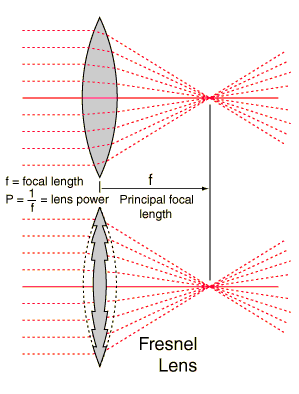Simple: First, a nuke has the much simpler trajectory. It flies only 25 minutes, and generally tries to aim for a point 90° around Earth from its launch site, so the errors are further minimized.
Next, it has an aerodynamically defined and stable shape with its spinning reentry vessel, while the satellite is complex and tumbling.
This is both also augmented by the fact, that the reentry angle of the satellite is close to zero, while a nuclear warhead reenters at more than 9°, which means the warhead has approximately a straight line during its ballistic reentry from entry interface to impact (Since it never again reaches a place where gravity dominates over aerodynamic forces).








